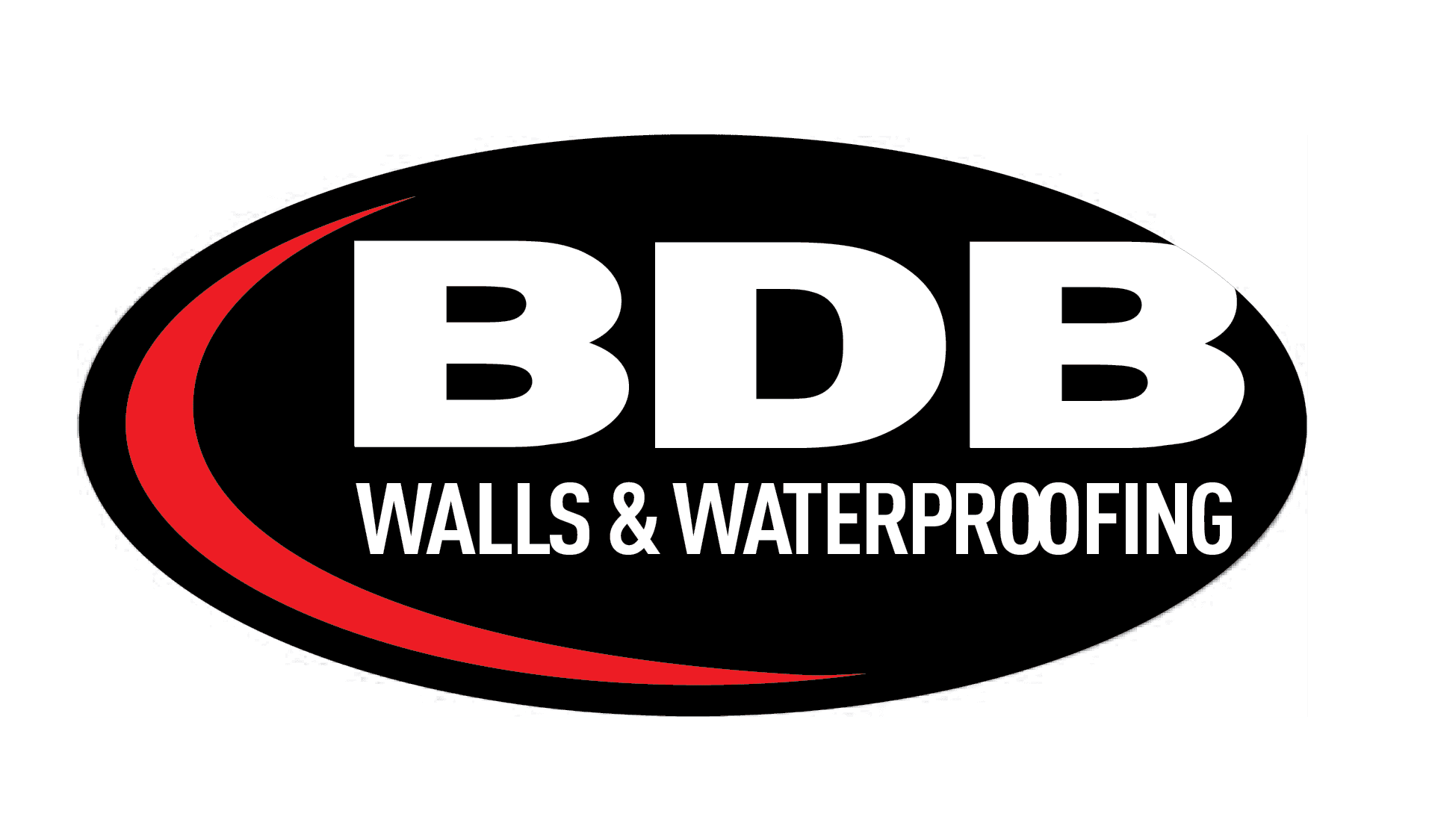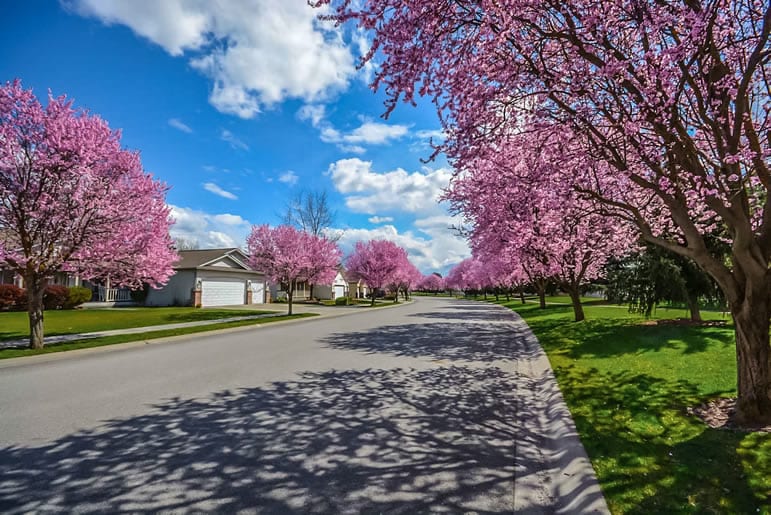Since basements are known for being a dark and damp place, basement moisture is a common problem that we see. Even though moisture in your basement is common, it can still be a bad sign which can turn into a major issue if left untreated. Today we discuss common causes of basement moisture, and how to fix it.
Being able to identify the warning signs and symptoms of basement water problems is key. While it will not be as obvious as signs of flooding, there are many ways that you will be able to successfully identify moisture in your basement. We have compiled a list of a few warning signs for you to look for:
- Carpet & Wood that is deteriorating
- Damp + humid air
- Standing water on the floor
- Excessive condensation on the windows, floors and walls
- Stained + Blistering walls
- Odor, Mold, or Mildew
- Floor paint and wallpaper peel off
If you find any of these signs in your basement, that means there’s most likely moisture. Let’s discuss six common basement water problems and how we can fix them.
1. Foundation Cracks
Cracks in your foundation will almost assuredly lead to water entering through those cracks, resulting in basement moisture. There are a few ways that cracks are created in your foundation – ironically, water is a major reason that cracks are formed! Another reason being floor joists that are not connected to the foundation walls properly. This allows walls to move and create cracks, allowing water to seep through.
Foundation cracks can mean a variety of problems. That means there is also a variety of solutions. Check out a blog we wrote on the different types of cement wall foundation cracks and what that means for your home.
2. Condensation
Basement condensation can occur when your cool basement walls and floor meet warm, moist air. If this is the cause of your basement moisture, this is typically a very easy fix that is inexpensive to resolve.
You can deal with basement condensation a few ways. You can first drain your central air conditioner and check the exhaust of your dryer, making sure both are properly working. These two can cause quite a bit of moisture in the air. If you are continuing to see condensation, a few other options you can try are to insulate your basement, install and use a basement exhaust fan, and increase air circulation by running a fan a few hours a day, installing AC vents, or just clearing your basement of clutter, freeing up space for air to flow more freely.
3. Gutters and Downspouts That Are Missing or Damaged
Another tool for keeping rainwater away from your home are the gutters and downspouts on your home. If these are incorrectly functioning or are straight up missing, that rainwater will be directed and collect around your foundation – and that’s right, will eventually make its way into the basement.
Gutters need to be cleaned of leaves and other debris to allow the water to flow properly. If there are no downspouts in place, it would be a good idea to get at least 1 downspout placed every 50 ft. Extenders need to also be put on the downspouts emptying the water at least 4 ft. away from your home’s foundation.
4. Poor Grading
Basements are infiltrated with rainwater or water from the ground when there is poor grading in the yard. The ground around your home’s foundation needs to slope away from your home, not toward it. Inevitably, your basement will fill up with moisture if your yard is draining the incorrect way – laying against your foundation and eventually the water getting inside.
If your grading is sloping toward your home, you will need to add dirt around your foundation that slopes away, protecting your basement.
5. Drain Tile and Sump Pit in poor condition or missing
If you live in an older home, there’s a strong chance that your basement doesn’t have a drainage system as basements were not originally intended to be a living space. If your home does have a drain system, there might be a problem such as a broken connection, broken sump pump, or a pipe that is clogged.
If your drain tile and sump pit are in poor condition or missing, this unfortunately can be a major issue. This usually involves digging up your basement flooring and adding a drainage system. This is best left to the professionals. Click here to learn more about sump pump solutions.
6. Interior Water Leak
While this may seem obvious, it is important to check for inside leaks. These types of leaks can come from many places like a washing machine, a dishwasher, a toilet, a shower, etc. A good way to determine where the leak is coming from is to check where the moisture is at and check the surrounding area for leakage.
Interior leaks is one of the easier fixes. Repairing the leak (hire a plumber if needed) and the basement moisture should permanently go way.

